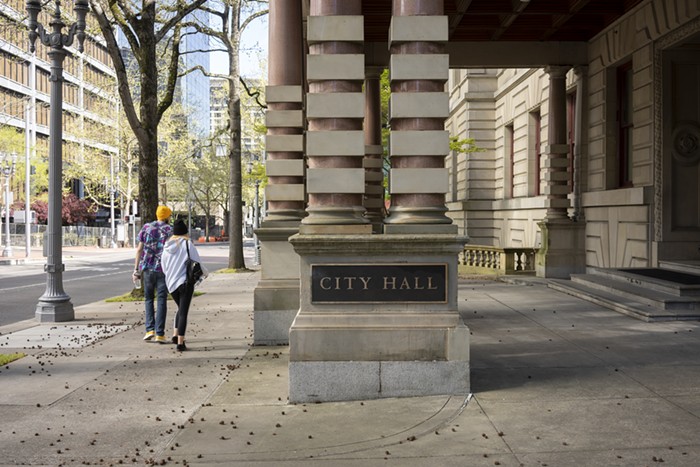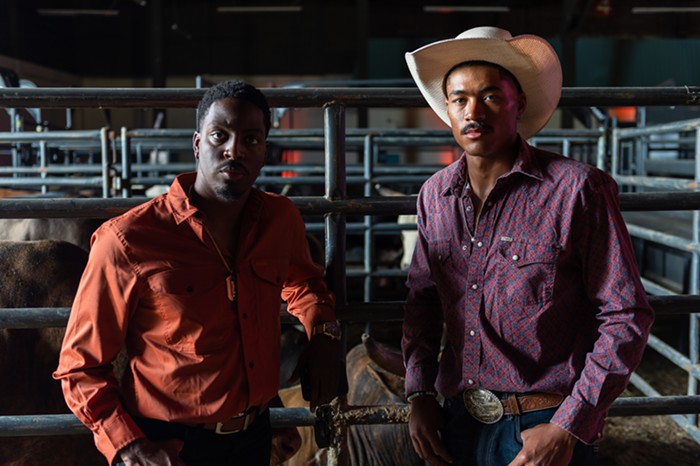It’s time again for our readers’ mailbag, in which I place a mailbag over my head, and readers beat me senseless until I answer their questions. No, wait... I’m thinking of how the new CIA director operates. In this case, I’ll simply answers questions that showed up in the mail, no beating necessary. Sorry. #bongwaterboarding
Q: My grandmother, who has always been anti-drug, is now interested in trying CBD for pain and inflammation. She found some products on Amazon and even at her local mini-mart, and she’s asked me which one is “best.” I have no idea. Suggestions?
A: CBD can provide—for those who have an aversion to cannabis (especially those in the geriatric community)—an opportunity to experience the many benefits of cannabis. As far as what’s “best,” it depends on the user and what they’re using it for. But maybe tell your grandmother to keep the following in mind when selecting a product.
Is the CBD extracted from industrial hemp (tall, thin cannabis sativa plants that have virtually no THC in them) or is it “full plant extract” (the familiar type of cannabis plant from which we get smokeable buds)? As an “entourage cannabinoid,” CBD works best when taken with some amount of THC, which creates a synergistic effect and enhances the ability of both cannabinoids to do their thing.
However, a CBD product can’t have more than .03 percent THC if it’s going to be shipped across state lines, so most of these products you see on Amazon and at the mini-mart are produced from hemp. Now, hemp is great at doing many things, including absorbing radiation and heavy metals such as cadmium from soil, which is great for cleaning up contaminated soil, but maybe not so great for the purity of the plant you’re ingesting. So consideration must be given to where the hemp was grown, since testing for heavy metals isn’t a requirement in many places, including Oregon.
Full plant extraction results in THC levels that are nearly always higher than .03 percent, making sales restricted to the state in which the product was produced. Grandma might refuse to use something with a higher THC content, but maybe she shouldn’t, because CBD can temper the less desirable effects of THC (such as anxiety or paranoia).
Any CBD is better than none, but I opt for locally produced products sourced from full plant extracts, with a 1:1 THC-to-CBD ratio. Try a wide variety of products and see what works best.
Q: Chemo treatments are leaving my dad nauseated, and with no appetite. He’s open to trying cannabis, but are there specific strains that are good for his issues?
A: For flower, Leafly recommends treating the effects of chemo with strains such as Tangie, Snoop’s Dream, and Kush Berry. In other delivery systems (edibles, tinctures, and especially vape cartridges and concentrates), seek out something high in Delta-8-THC, the stress-fightin’ buddy of its big-deal cousin, Delta-9-THC. This particular cannabinoid has shown promising results in nausea reduction and increased appetite. But as it does not currently appear in high percentages in any currently available plants, the best method of maximizing its effects is through a concentrated extract.
Q: I’m dabbing now, because that’s what’s up. What’s the ideal temperature to dab at, brah?
A: The temperature of your e-nail or concentrate-capable vaporizer varies on user preference—higher temperatures for thick clouds that feel like a bong hit, and lower temperatures for a lighter hit.
I often see e-nail users doing their dabs at 575 to 600 degrees Fahrenheit, but a lower temperature has substantial benefits. Activation temperatures for terpenes—the oils that give cannabis its flavor and scent—can vary, but many are in the range of around 311 to 388 degrees Fahrenheit. We know terpenes serve an important role in cannabis’ effects, so dabbing at a lower temperature can allow you to access levels of flavors and effects that a higher temperature will literally burn off.
What you are dabbing can determine the ideal temperature, too. Will Hyde (@The.Avid.Dabber on Instagram) has a great article on Leafly about selecting temperatures for products such as solventless hash (500 to 540 degrees); shatter, live resin, and rosin (545 to 570 degrees); and 600 degrees for crystalline THCA and CBD, because of the need to activate the THCA compound. And as Hyde dabs avidly, he really should know.
Lower temperatures also reduce coughing fits. “If you don’t cough, you don’t get off” needs to be retired as a falsehood. Let’s replace that old canard with a focus on taste, scent, and precisely targeting the desired effects from your cannabis experience.












